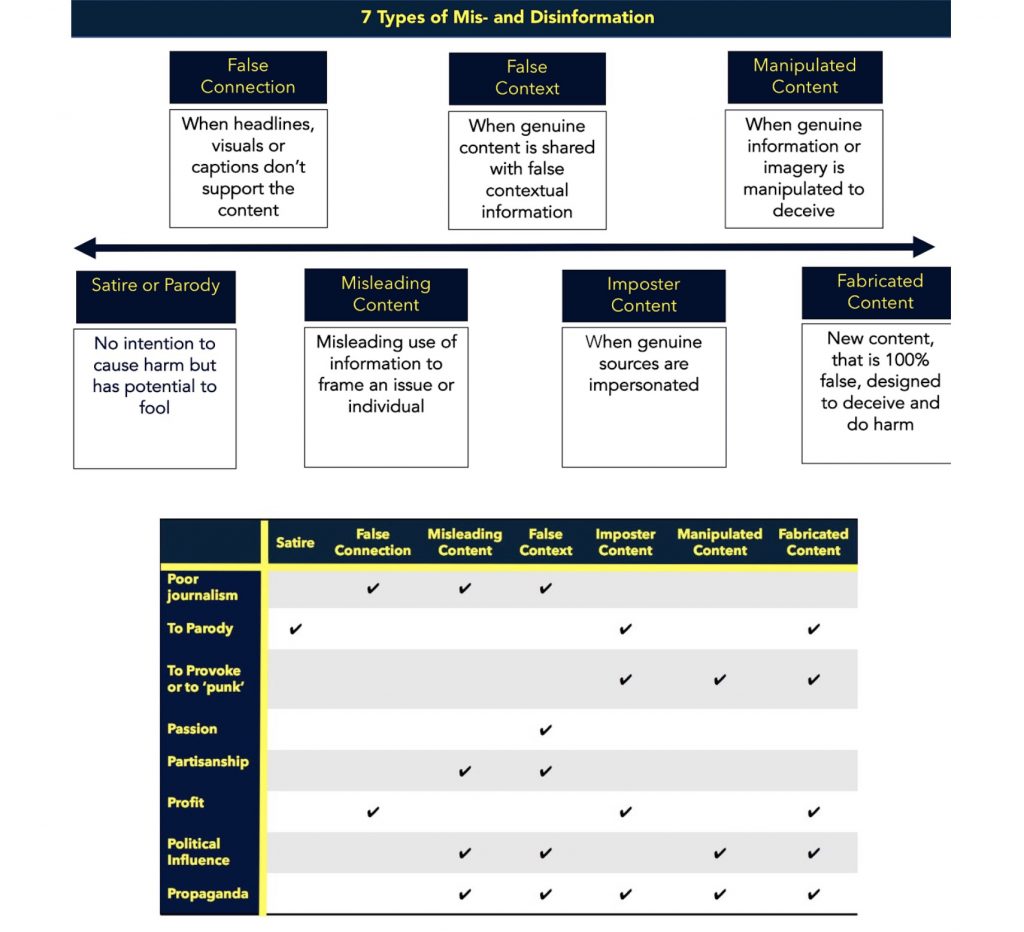….A Lie-brary!
Okay okay…let’s get serious. What is digital literacy? The American Library Association (ALA) defines digital literacy as “the ability to use information and communication technologies to find, evaluate, create, and communicate information, requiring both cognitive and technical skills.” (Renaissance, 2019). Digital literacy is also much more than this definition. When we think of digital literacy, specifically in the classroom, it refers to students’ skills in reading/technology and the choices they make online. Students are expected to be responsible and respectable while doing anything online. That said, how do we expect our students to know what that looks like if we do not teach it to them first.
We need to present students with examples of fake news and unreliable sources in order to teach them how to use their technology appropriately and effectively. Now you are thinking “well how can I do this?”. There are a variety of online resources that teach kids how to spot fake news and dangerous sources:
- Can you spot the fake news headline?
- Spot the troll
- Break the fake
- Factitious – A game about identifying fake news
*Critique: The first resource does not explain why each headline is fake unless I missed it. This is the equivalent of telling students they are doing something incorrectly but not providing them with any feedback.
Websites like BrainPOP Digital Citizenship can teach students about digital citizenship and help them better understand what to post online. Taking some quizzes on this website will allow students to get a better sense of digital literacy and decision-making when it comes to doing things online. This is definitely a tool I will be using in my classroom. We all need reminders about digital literacy and online safety, this is why this website could even be used as an early finisher activity for students who are finished their work.
Learning about digital literacy can easily be linked to the Saskatchewan Curriculum. For instance, the grade 4 outcome in Health Education, DM4.1: Investigate the importance of personal responsibility and communication in making informed decisions related to healthy eating and physical activity, prevention/management of health challenges, negotiating disagreements, safety and protection, personal identity, and stressors. The decision-making section of health education correlates with this topic immensely. Making smart and appropriate decisions online is just as important as making them in your daily life. What you do online can and will affect your daily life.
This correlates with the goal, explore and engage critically, thoughtfully, and across a wide variety of inclusive texts and tools/modalities, from the NCTE framework. Students need to learn how to be aware of scams, unreliable sources, fake news, and so much more when they are online. By providing students with various texts and sources, they will gain the skills needed to be digitally literate and how to be safe online.
If you are stumped, take a look at this fighting fake news lesson plan for some ideas!
“The information war has begun. Normative approaches to challenging the system will not work. What will it take for news media to wake up? What will it take for progressives to start developing skills to fight back?“
– Danah Boyd
Educators should refer to the 7 Types of Mis- and Dis-Information model when teaching about online information. There is not solely real news and fake news, but rather a news that can be turned the wrong way or false facts within it. By looking at these 7 types of mis/dis-information, we can dig deeper into sources and see what parts might be false or even just misleading.

Worksheet: Bias in the news is an activity that asks students to look at forms of bias present in articles. This is a great activity that explains the different forms of bias and then makes students dig deeper and realize that there may be bias present in many articles without anyone realizing it.
I chose to look at Worksheet: Bias in the news because it states that it was created by Katherine Koskie who was my grade 11 English teacher. She was hands-down the best teacher I had in high school. I wanted to state that she posted a letter, possibly expressing issues within the education system (as I vaguely remember). She was and still is an inspiration to all of her students because of this letter and more. She fights for her students and because of this letter, she was allegedly going to be asked to leave her position at my old high school. Before she was asked to leave, she moved on in her career and is now doing amazing things from what I hear. But this is proof that what you post online can affect your life immensely, even if it shouldn’t. To all of her students, this letter was courageous and truthful, but to the education system, it was seen as harmful and “untruthful”. I think that this is important to point out because, after one year in her class, she made a difference in my life. She attempted to tell the truth with the goal of speaking up for her students, but when it is directed at the wrong people, they take it personally rather than seeing that they need to make a change.